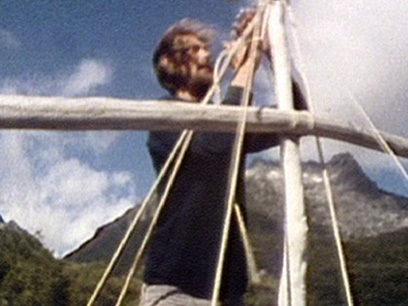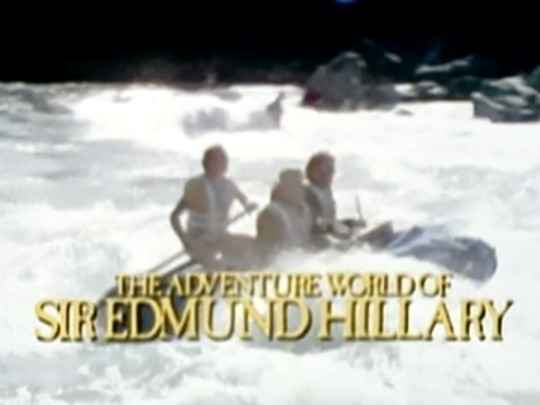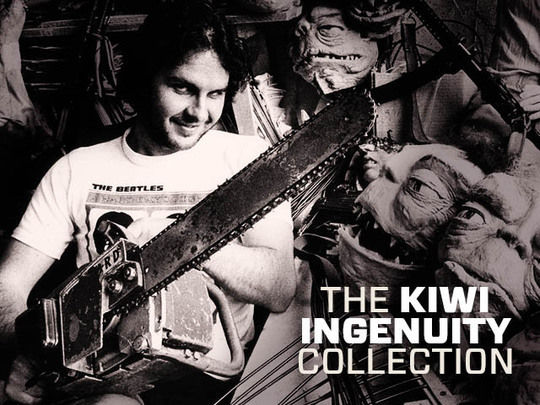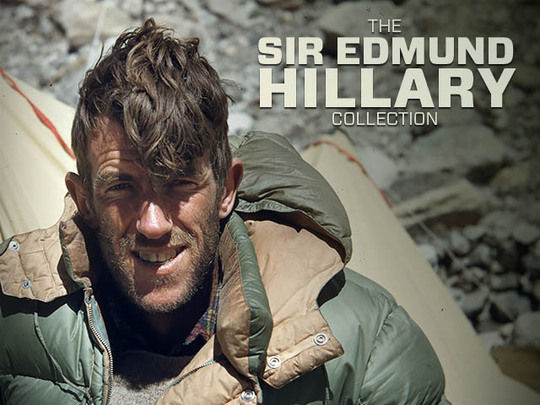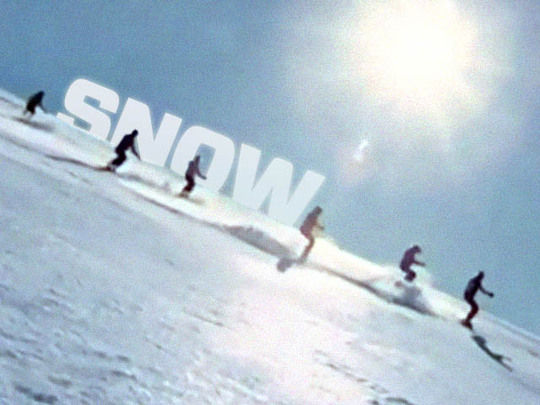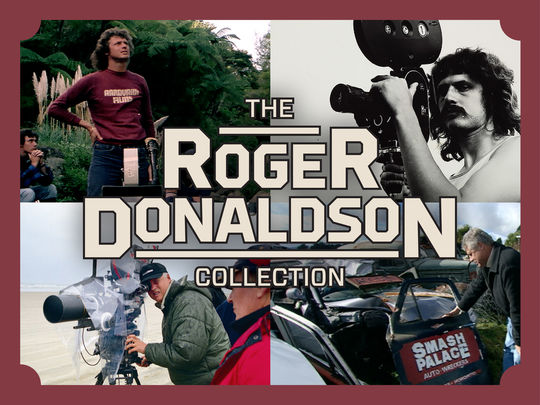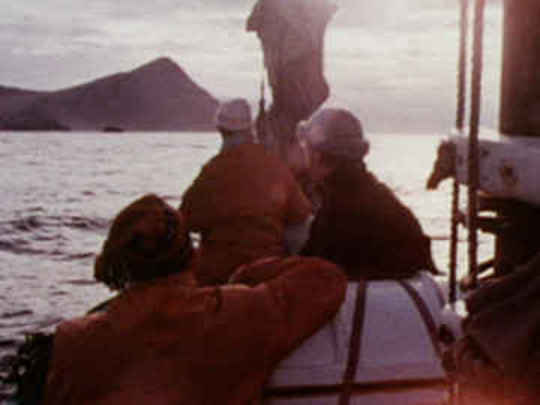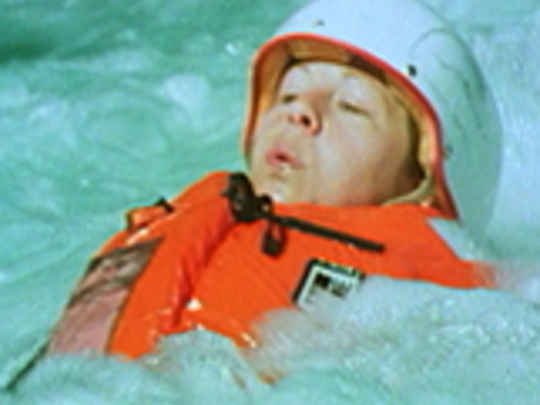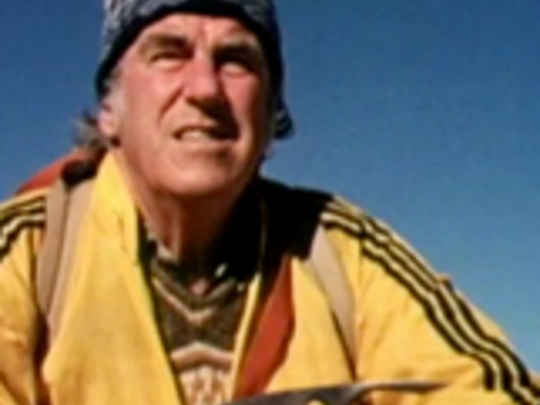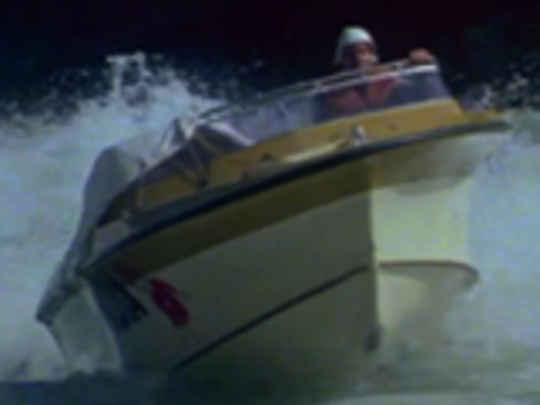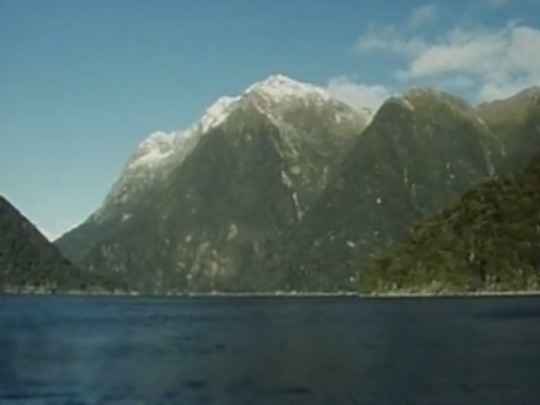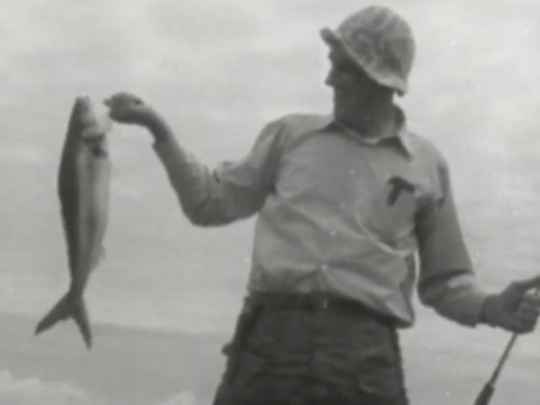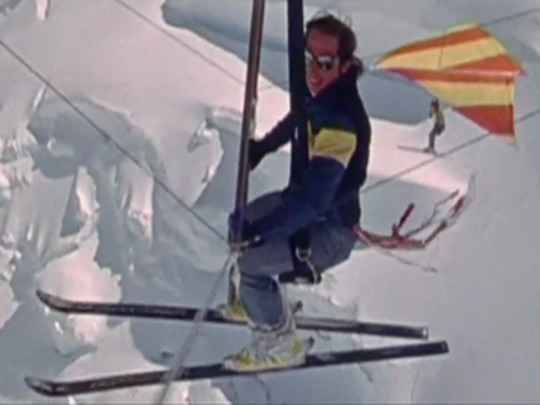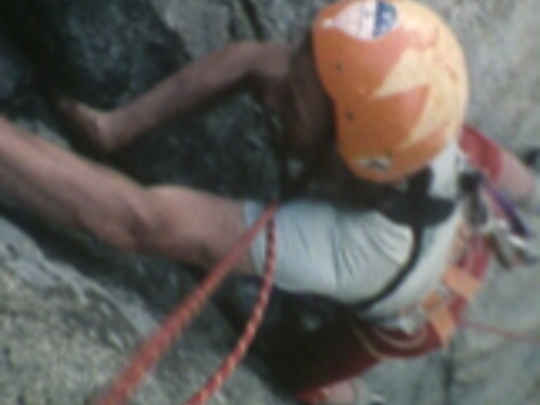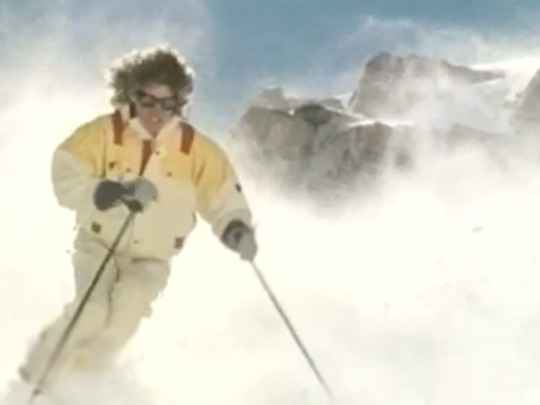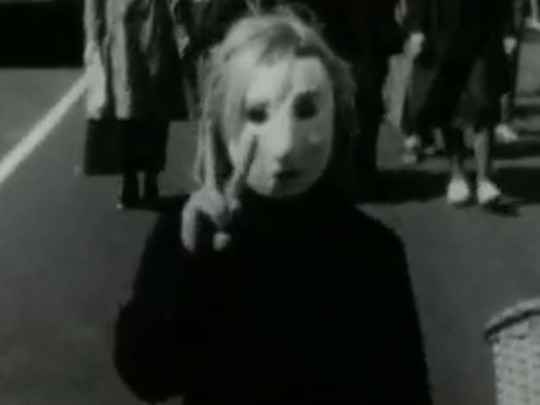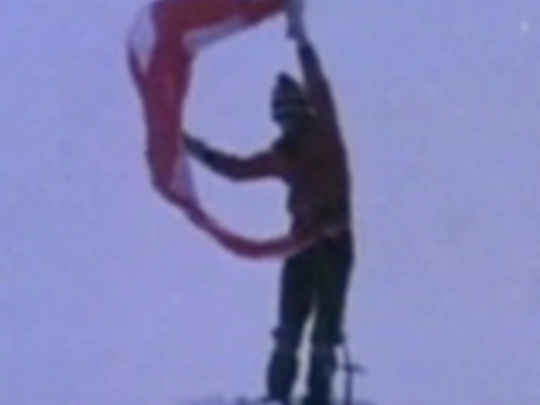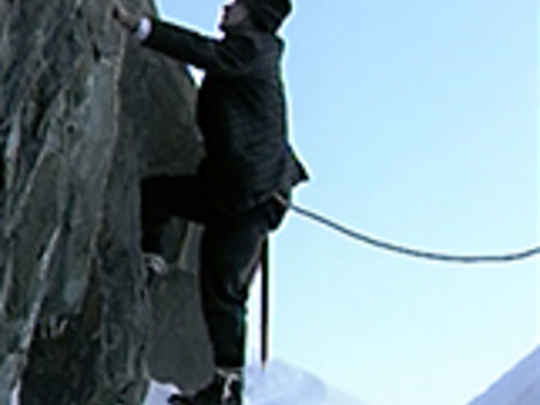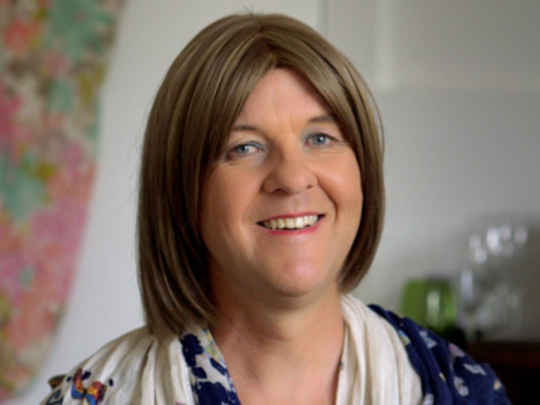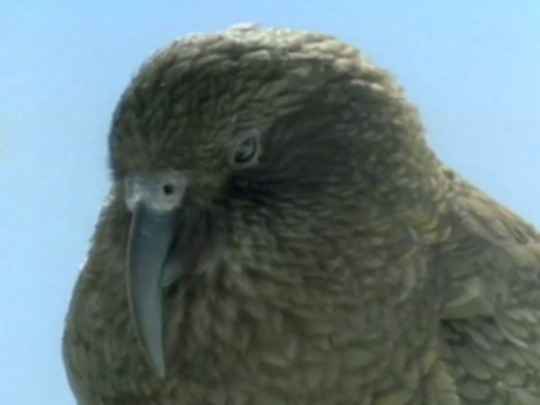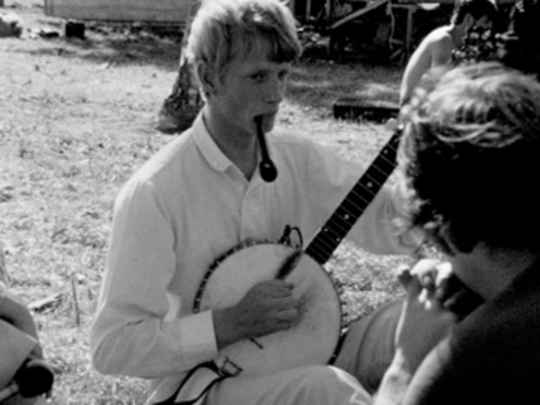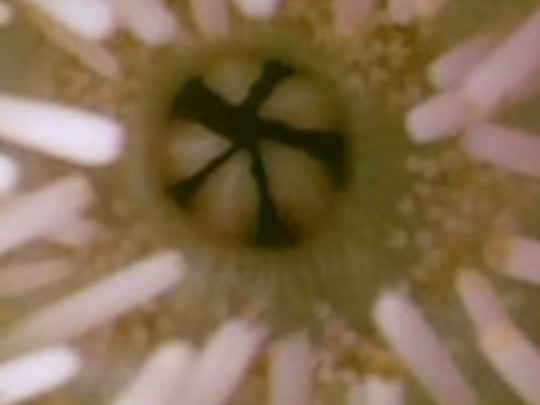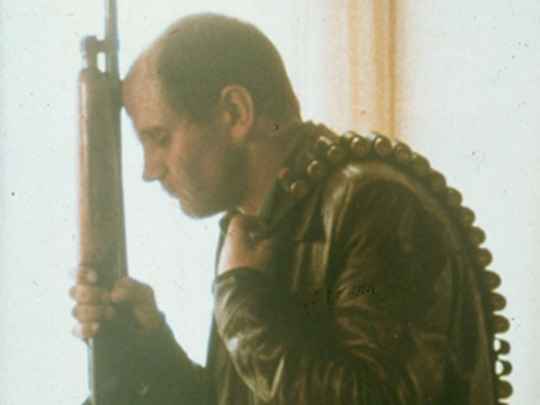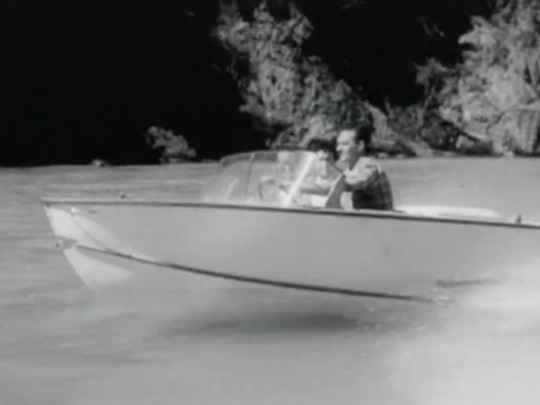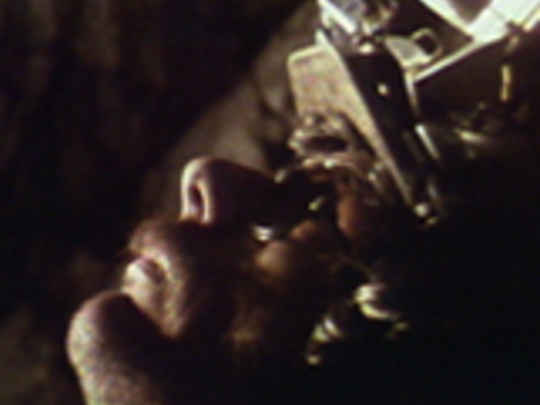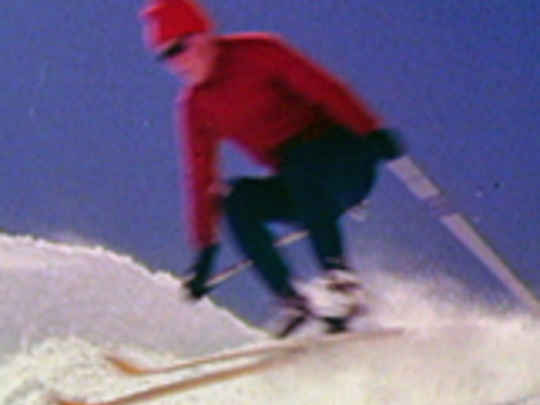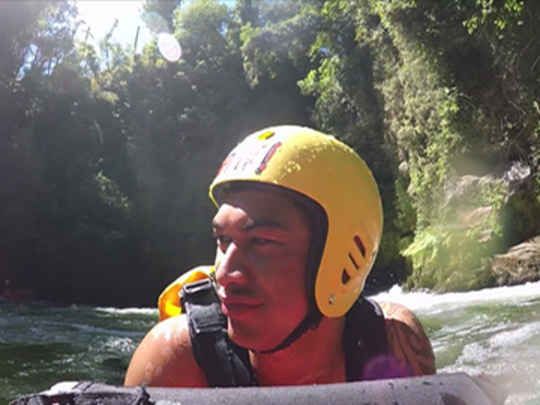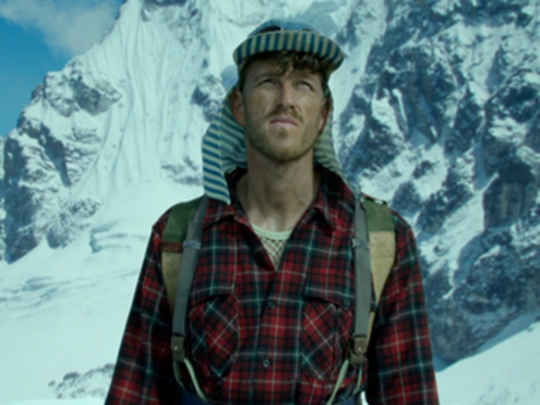The Adventure World of Sir Edmund Hillary - The Kaipo Wall
Television (Full Length Episodes) – 1974
Mike Gill told me about a sheer 4000-foot rock wall he discovered in the Darran Ranges. He called it the Kaipo Wall. Now that was quite a long time ago, but it still hasn’t been climbed. We thought it'd be a good idea to go down and climb it.
– Edmund Hillary introduces the mission, in part one
If you want a trip to be a success, its got to be organised properly. Timetables have to work, equipment has to be in the right place. It’s no good wishing you’d packed an extra rope or a warm singlet when you’re 4000 feet up a cliff face.
– Edmund Hillary on being prepared, early in part one
Wilson is using modern techniques to climb the ice face; we had none of these fancy gadgets on Everest.
– Edmund Hillary watching a climber ascend a glacier climbing the Kaipo Wall, in part two
You know Jim, some people wouldn’t think this was fun!
– Edmund Hillary to Jim, huddled together in a tent amidst a blizzard atop Kaipo, in part one
You missed!
– Graeme Dingle, after narrowly avoiding being pummelled by rockfall from Murray Jones above him , part two
For this expedition he's assembled friends from previous expeditions: Graeme Dingle, adventurer, author, mountaineer . . . mountaineer, alpine photographer, doctor, writer, Michael Gill has climbed with Hillary in the Himalayas and the Antarctic. Jim Wilson, Doctor of Philosophy, university lecturer, has also been in the Antarctic and has climbed with Hillary in Nepal. And finally, the youngest member of the expedition: Peter Hillary, Ed's 19-year-old son, university student from Auckland.
– Narrator Ian Johnstone introduces Edmund Hillary's team, early in part
The expedition will travel 20 miles down the rapids of the Hollyford River to Lake McKerrow on the coast. This'll be the first time the Hollyford rapids have been canoed or rafted. Once on Lake McKerrow, the going will be easier until they get to the coast, when they'll have an eight mile hike along the barren and windswept beach, to the mouth of the Kaipo River. There they'll make their second camp, before hiking 12 miles up the Kaipo River valley, to their final destination, the Kaipo Wall.
– Narrator Ian Johnstone outlines the plan, early in part one
Towering 4000 feet above the head of the Kaipo River, the wall has never been climbed before. A sheer vertical cliff, it's battered by 100 knot winds, torrential rain and sudden masses of thick cloud.
– Narrator Ian Johnstone describes the Kaipo Wall, in part one
The kayak's light construction allows it to shoot along the surface of the torrent, but amongst the violently opposing currents of the rapids if either end of the craft is submerged, it could flip over.
– Narrator Ian Johnstone describes kayaking on the Hollyford River
The rain's been pouring in torrents most of the night. In this wild region, flash storms can produce 80 knot winds, 10 inches of rain overnight. Mountains become waterfalls, new-formed rivers thunder down the valleys, all pouring into the Hollyford River. After last night's rain, they must now navigate not only the rocks and the increased turbulence, but also the debris carried down from the bush by the heavy rain.
– Narrator Ian Johnstone on the team's second day on the Hollyford River
With all the snow above the wall, there'll be a lot of water trickling down the face . . . we'll have to make an early start, to get there before it ices up. It'll have to be a one day climb.
– Edmund Hillary describes the plan to climb the Kaipo Wall, at the start of part two
Any serious obstruction further up could leave them hanging off the wall overnight, with no protection from the subzero temperatures. exposed to the
– Narrator Ian Johnstone describes Murray Jones, Graeme Dingle and cameraman Mike Gill's climb up the Kaipo Wall, early in part two
The cloud's getting thicker Murray. I think the weather's packing in.
– Graeme Dingle yells up the Kaipo Wall, to fellow climber Murray Jones, in part two
